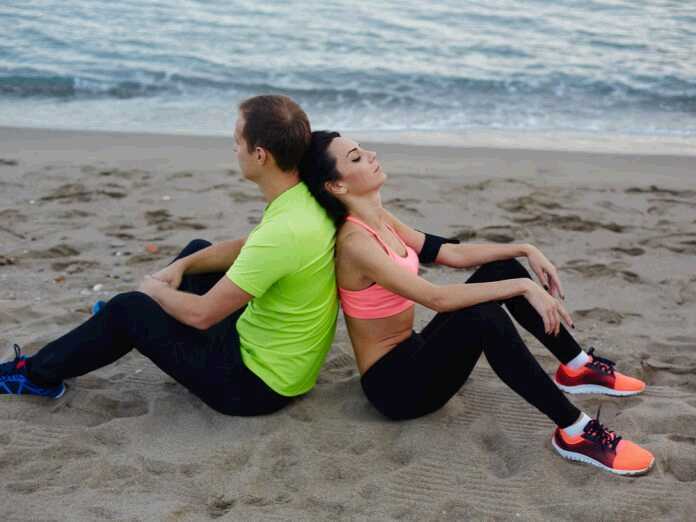
High-intensity training is a good way to make your body work while you are resting. That’s because after you finish your training session, your body ups its oxygen consumption to recover from all the hard work. In doing so, it continues to burn calories even after you’ve stopped working out. This occurrence is also known as the afterburn effect.
The Afterburn Effect Explained
While you’re working out, your metabolic rate goes up. Your body can stop all of a sudden, but your metabolism can’t. It keeps going on and burns through calories to bring your oxygen levels back to normal. Furthermore, it also aims to repair your muscles after a strenuous workout and replenish the levels of ATP. This hormone keeps your muscles in shape and prevents injuries resulting from intense exercise.
How long the afterburn effect will last depends on many factors. A 2002 study suggests that EPOC, which is its scientific name, may go on for up to 38 hours. Further research also showed that the intensity of the workout is proportionate to the duration of the afterburn effect. So, the best way to make your body work while you are resting is to engage in high-intensity interval training.
Three Workouts for a Significant Afterburn Effect
These high-intensity workouts could help maximize the afterburn effect. By doing them, you will make your body work while you are resting, and thus increase your calorie expenditure.
- Cycling works out your lower body, as well as your heart. Start with a ten-minute warm-up session on a flat surface. Then alternate low- and high-resistance training with sprint for the next 15 minutes.
- Swimming is a low-impact exercise, but it does put your entire body to work. Warm up for five minutes and then alternate between different styles of sprint and recovery.
- Sprint running burns a lot of calories, which makes it a perfect high-intensity training routine. Start with five minutes of light jogging, then sprint for 30 seconds, and then walk fast for another minute.
Don’t work out for more than 30 minutes as it won’t affect the afterburn effect. Because EPOC can last for close to two days, don’t engage in high-intensity training more than three times a week. This will give your muscles enough time to recover and ensure that you’re ready for another session.































